Whole grains form the cornerstone of nutritious eating patterns. Rich in vital nutrients such as B vitamins, selenium, magnesium, protein, and fiber, they boast an array of bioactive compounds associated with numerous health advantages. Diversifying your meals and snacks with a range of whole grains can bolster your overall health and mitigate the risk of chronic ailments like systemic inflammation, heart disease, type 2 diabetes, metabolic syndrome, and certain cancers.
Thanks to their fiber and protein content, whole grains offer greater satiety compared to refined grains with similar calorie counts, potentially aiding in weight management. Additionally, their fiber acts as a prebiotic, supporting the improvement of your gut microbiome. Public health guidelines recommend that at least half of your daily grain intake should comprise whole grains. However, it's lamentable that a majority of Americans fall short of meeting this recommendation in their diets.
Explore the science-backed top 10 healthiest whole grains available for consumption. By delving into their nutritional compositions and associated health perks, you'll be equipped to seamlessly incorporate these grains into your everyday eating regimen.
1) Oats
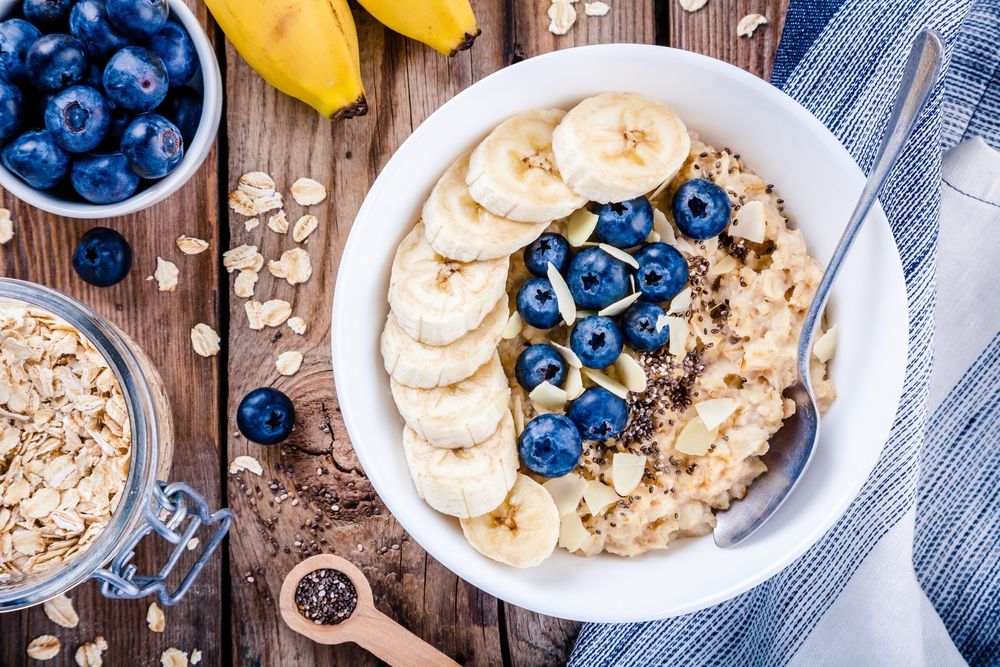
Years of research have underscored the myriad health advantages of oats. Brimming with soluble fiber, notably beta-glucan, oats have demonstrated efficacy in reducing cholesterol levels and enhancing cardiovascular well-being. Additionally, they serve as a reservoir of antioxidants and vitamins. As outlined in a comprehensive review in the journal Foods, oats abound in bioactive elements like phenolic acids, sterols, and avenanthramides. Incorporating oats into your diet promotes gut health while mitigating the likelihood of heart disease, specific cancers, and dermatitis. Furthermore, owing to their fiber content, oats contribute to satiety, aiding in appetite regulation.
2) Quinoa
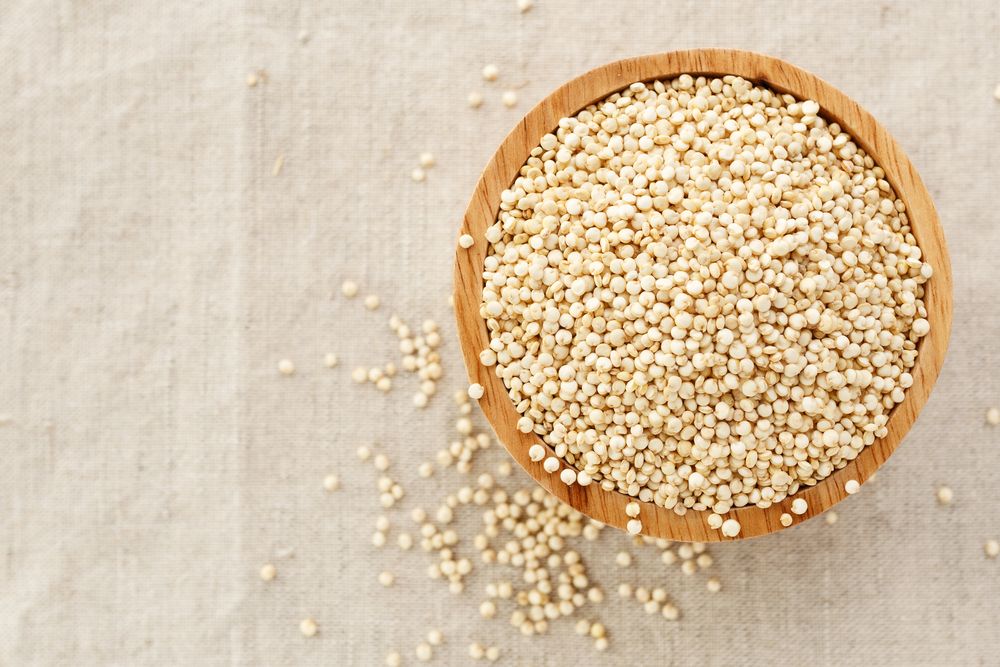
Quinoa stands out among whole grains for its distinction as a complete protein, containing all nine essential amino acids, and its classification as a gluten-free food. Abundant in fiber, vitamins, and minerals like magnesium and iron, quinoa holds a revered status as an ancient grain, known as the "mother grain" by the Incas, revered for its sacred properties. Research indicates its potential in averting various chronic ailments such as diabetes, obesity, anemia, and celiac disease. The medicinal attributes of quinoa are attributed to its plethora of bioactive compounds, including phytosterols, saponins, and phenolic compounds, as detailed in studies published in the journal Antioxidants.
3) Brown Rice
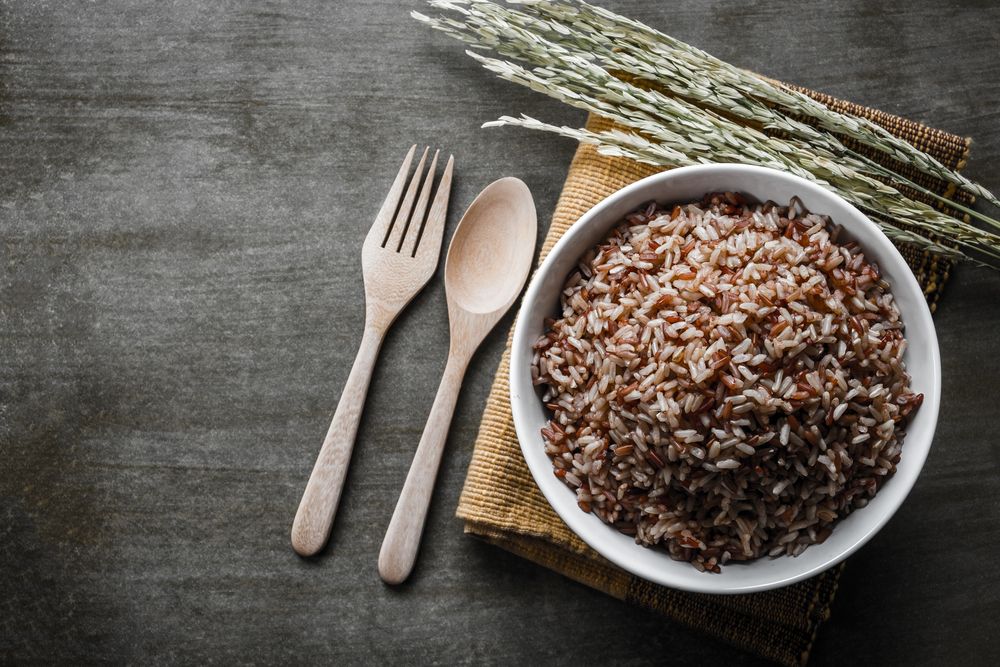
Whole grain brown rice encompasses the bran, germ, and endosperm, ensuring a rich supply of protein, fiber, and a plethora of vital vitamins, minerals, and advantageous bioactive compounds. Among its notable mineral content are magnesium, phosphorus, and selenium. Its slower digestion rate renders brown rice more satiating than refined carbohydrates. A study featured in Applied Physiology, Nutrition, and Metabolism revealed that individuals incorporating brown rice into their diets were better equipped to manage their weight compared to counterparts consuming white rice. Additionally, being gluten-free renders rice an excellent choice for individuals with wheat or gluten intolerance.
4) Barley

Barley offers comparable health advantages to oats due to the presence of beta-glucan, a distinctive soluble fiber found in both grains. Beta-glucan plays a pivotal role in slowing digestion, fostering prolonged satiety. Moreover, it aids in reducing detrimental LDL cholesterol levels while promoting the maintenance of healthy blood sugar and insulin levels. Research published in the journal Nutrients highlights that numerous countries, including the United States, endorse health claims regarding the cholesterol-lowering properties of beta-glucan derived from oats and barley. Additionally, barley is replete with essential nutrients such as B vitamins, iron, and potassium.
5) Buckwheat
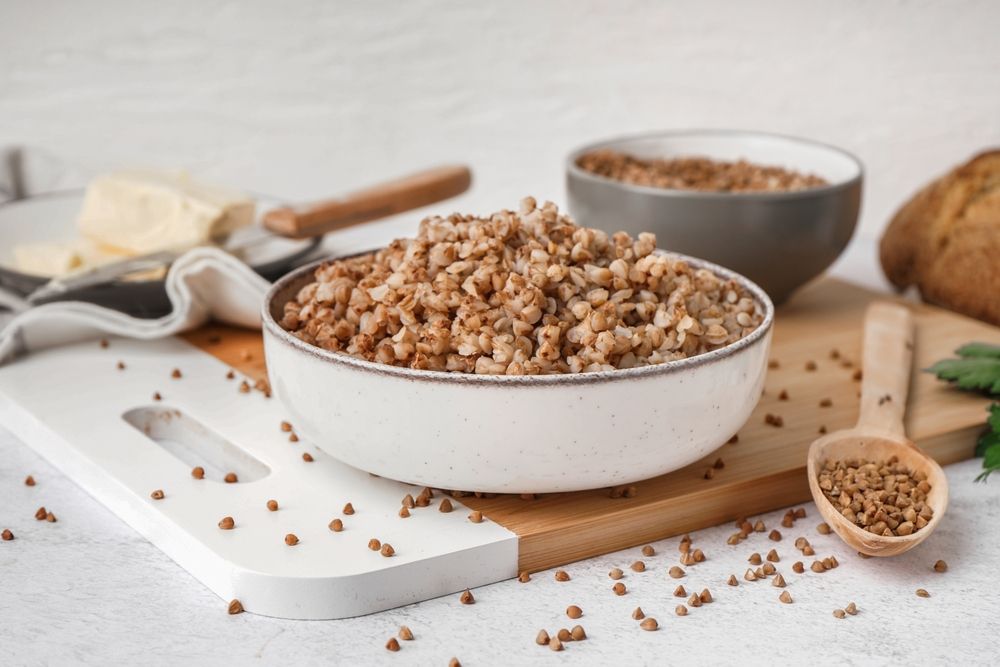
Contrary to its name, buckwheat is not a member of the wheat family but rather a seed related to rhubarb and sorrel. Classified as a pseudocereal whole grain, buckwheat is renowned for its gluten-free nature and abundance of protein, fiber, and vital nutrients such as magnesium and manganese. Research published in Food Science & Nutrition underscores the presence of numerous phytonutrients in buckwheat, including flavonoids and phenolic compounds, which boast established health advantages. These phytonutrients hold promise in reducing the risk of heart disease, specific cancers, and type 2 diabetes, while also contributing to the mitigation of inflammation.
6) Whole Wheat
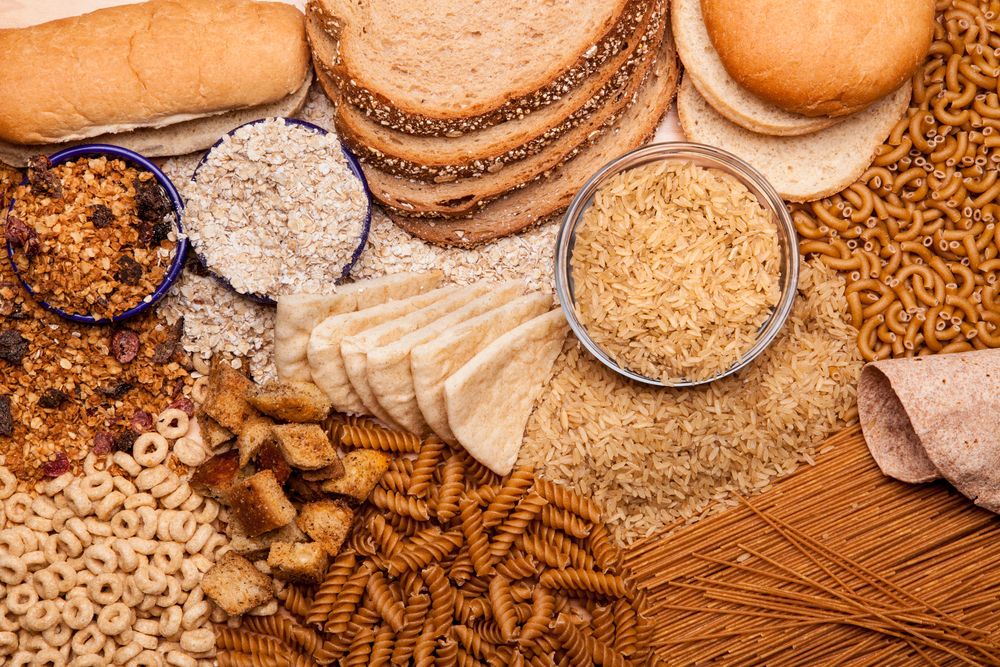
Whole wheat encompasses the entirety of the wheat kernel, comprising the outer bran layer, the germ abundant in nutrients, and the starchy endosperm. Consistently including whole wheat products in your diet has shown associations with lowered risks of heart disease, stroke, and type 2 diabetes. The health advantages of whole wheat largely derive from its fiber content and the presence of antioxidant phenolic compounds in the outer bran layer. A study in the journal Molecules highlighted that these antioxidants in the bran could potentially mitigate inflammation, reduce the likelihood of heart disease, and decrease the occurrence of colon cancer.
7) Millet
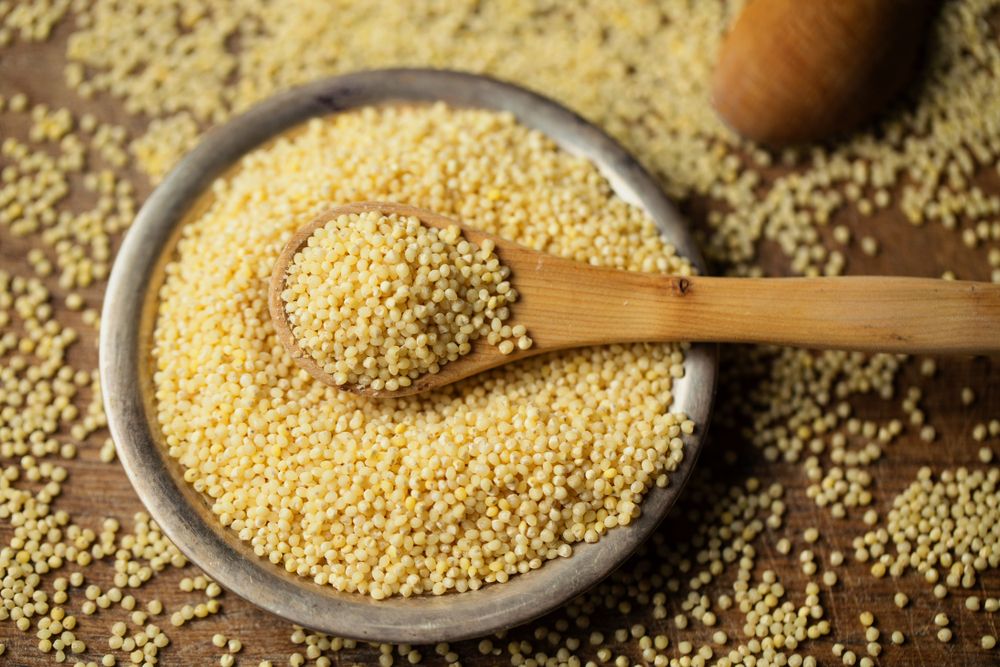
Millet stands out as a gluten-free whole grain abundant in fiber, protein, vitamins, and minerals, notably magnesium crucial for bone strength and muscle vitality. Embracing millet in your diet has been linked to enhanced digestion and lowered risks of specific cancers. A comprehensive review published in the journal Cureus meticulously explored the health benefits of millets. The researchers emphasized that the fiber and other bioactive compounds in millet offer anti-cancer properties. Additionally, millet's fiber serves as a prebiotic, aiding in digestion pace regulation and maintaining balanced blood sugar and insulin levels.
8) Amaranth
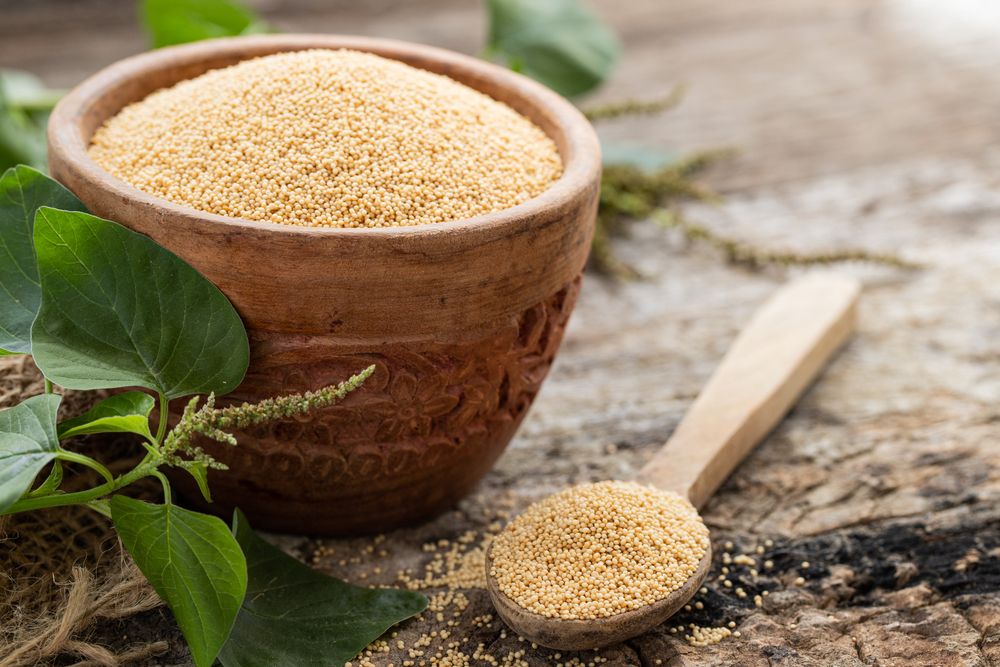
Amaranth, a sustainable ancient grain classified as a pseudo-cereal crop, boasts a rich history dating back to the Aztecs, Mayans, and Incas in the 16th Century, revered not only for sustenance but also for its sacred significance. Offering a bounty of protein, fiber, B vitamins, manganese, magnesium, calcium, iron, and selenium, amaranth is both gluten-free and teeming with valuable phytonutrients known for their antioxidant and anti-inflammatory properties, amplifying its potential health benefits. A comprehensive review published in the journal Foods underscored that amaranth's phytonutrients wield anti-inflammatory, anti-cancer, and neuroprotective prowess. Furthermore, it exhibits antimicrobial and antiviral properties while aiding in the maintenance of stable blood sugar and lipid levels.
9) Triticale

Triticale, a hybrid of wheat and rye, merges the nutritional advantages of both grains into one powerhouse. Laden with protein, fiber, B vitamins, magnesium, potassium, and iron, triticale also boasts a bounty of antioxidant bioactive compounds, imparting benefits for heart health, cancer prevention, diabetes management, and more. A review paper published in Food Chemistry highlights triticale's abundance of polyphenols, further underscoring its nutritional richness and potential health-promoting properties.
10) Sorghum
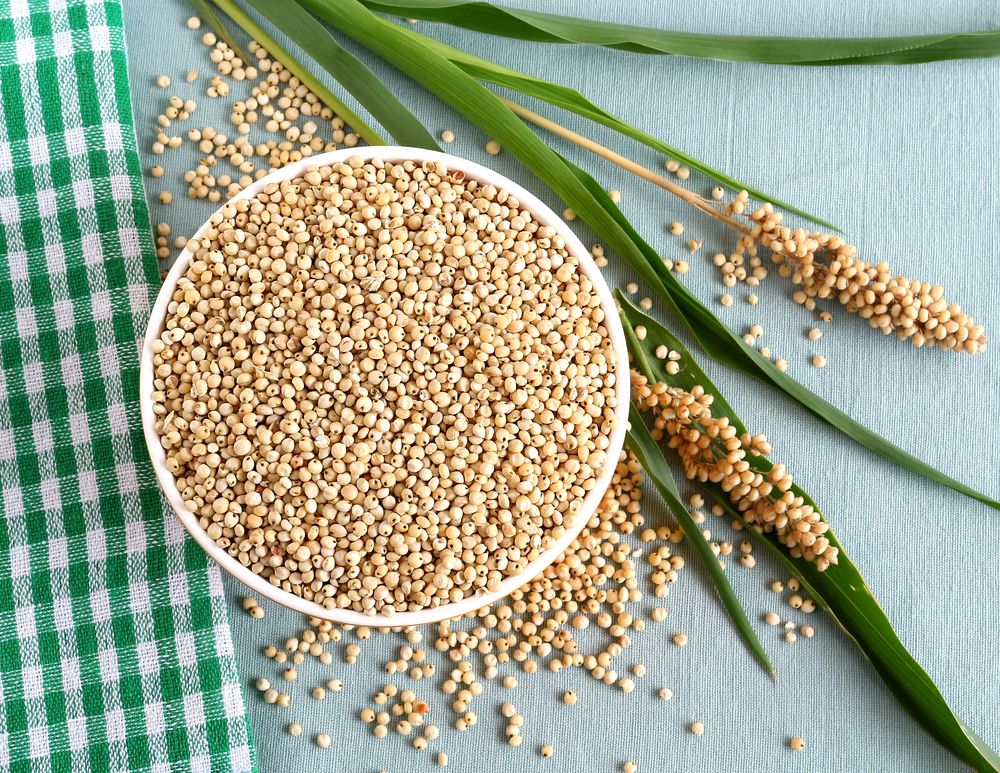
Sorghum, originating in Africa circa 800 B.C., has gained global recognition as a sustainable grain with diverse health advantages. Surpassing corn, wheat, oats, rice, and quinoa, sorghum furnishes a wealth of 12 essential nutrients. Gluten-free and teeming with antioxidant phytochemicals, sorghum has been associated with enhanced heart health, improved blood sugar management, and reduced inflammation. A study in Molecular Nutrition Food Research revealed that sorghum boosts the GLP-1 hormone, promoting prolonged satiety. Incorporating an array of whole grains into your diet can significantly enhance overall health and well-being. Each whole grain, from quinoa to sorghum, presents distinct nutritional benefits validated by scientific inquiry. By prioritizing whole grains in your meals, you can savor delectable, nourishing fare while harnessing the myriad health dividends they offer.

